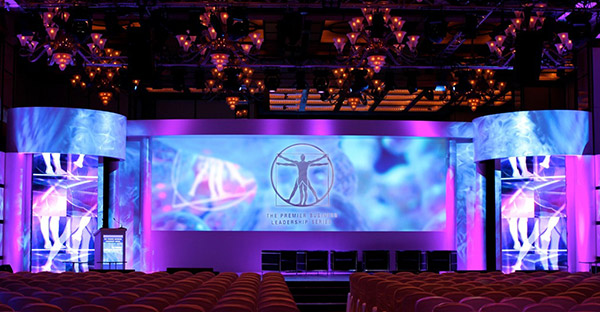A Thorough Analysis of Various Light Emitting Diode Video Wall Techniques and Their Uses
A Thorough Analysis of Various Light Emitting Diode Video Wall Techniques and Their Uses
Blog Article
Light Emitting Diode display walls are increasingly common across different settings, including music events, athletic events, and business presentations. These large displays consist of composed of numerous small LED modules that work together to create a cohesive unified visual. Various multiple kinds of Light Emitting Diode video wall technologies on the market, each having its unique characteristics and benefits. Grasping these technologies can help companies as well as entities choose the right solution for their particular requirements.
One common type of Light Emitting Diode display wall technology is the directly viewed Light Emitting Diode. This technology utilizes individual LED units which are arranged closely together to create a big screen. Directly viewed Light Emitting Diode walls are known for their elevated luminosity as well as vibrant colors, making them perfect for external events or brightly lit settings. These displays also have a wide viewing angle, allowing indicating that viewers can see the display clearly at various locations. Such makes direct view Light Emitting Diode screens a favored choice for stadiums as well as external events.
Another type of LED video screen solution is the LED-backlit Liquid Crystal Display. Such solution combines conventional LCD displays with Light Emitting Diode illumination to enhance luminosity as well as color accuracy. LED-backlit LCDs are commonly utilized in interior environments, such as shopping malls and conference rooms. These displays provide superior visual quality and are generally more affordable than directly viewed Light Emitting Diode screens. However, they may not function as effectively in well-lit environments, as the backlighting can sometimes wash out the colors.
Another thirdly choice is the Organic Light Emitting Diode display screen. Organic Light Emitting Diode solution offers superior differentiation as well as hue richness in relation to alternative kinds of screens. Each pixel in an OLED display produces its own light, allowing for true blacks and vibrant hues. Such renders Organic Light Emitting Diode display screens especially attractive for uses which require premium images, including gallery exhibitions and luxury shopping outlets. Nonetheless, Organic Light Emitting Diode solution can be costlier costly while may often be as luminous as directly viewed LED screens, rendering it not appropriate for external applications.
In addition to these technologies, various additionally various uses for Light Emitting Diode display walls. They can be utilized for promotion, entertainment, and data presentation. For example, businesses commonly utilize Light Emitting learn the facts here now Diode display screens for electronic signage to draw in clients and promote goods. Within entertainment, they enhance the sight experience at concerts as well as gatherings, providing lively backdrops and captivating images. In corporate settings, LED video screens can be utilized for presentations, visual meetings, and training programs, aiding to convey data through a visually attractive manner.
In conclusion, Light Emitting Diode display walls are available in different technologies, every with its own benefits and uses. Directly viewed LED screens are great for outdoor applications, while LED illuminated Liquid Crystal Displays are more suitable for interior environments. OLED display screens offer superior image quality yet may come at a higher cost. Understanding the differences differences can assist organizations make knowledgeable decisions about the best kind of LED display wall most meets their needs, whether it be for advertising, amusement, or corporate applications.